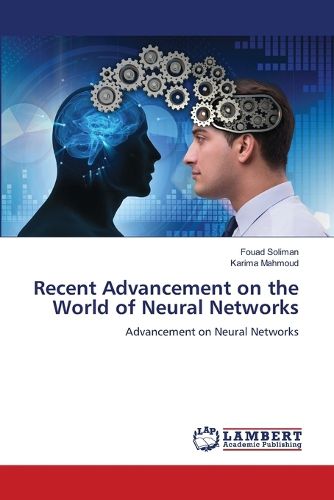Readings Newsletter
Become a Readings Member to make your shopping experience even easier.
Sign in or sign up for free!
You’re not far away from qualifying for FREE standard shipping within Australia
You’ve qualified for FREE standard shipping within Australia
The cart is loading…






A neural network is a group of interconnected units called neurons that send signals to one another. Neurons can be either biological cells or mathematical models. While individual neurons are simple, many of them together in a network can perform complex tasks. There are two main types of neural network namely: In neuroscience, a biological neural network is a physical structure found in brains and complex nervous systems - a population of nerve cells connected by synapses. In the context of biology, a neural network is a population of biological neurons chemically connected to each other by synapses. A given neuron can be connected to hundreds of thousands of synapses. Each neuron sends and receives electrochemical signals called action potentials to its connected neighbors. A neuron can serve an excitatory role, amplifying and propagating signals it receives, or an inhibitory role, suppressing signals instead. In machine learning, a neural network is an artificial mathematical model used to approximate nonlinear functions. While early artificial neural networks were physical machines, today they are almost always implemented in software.
$9.00 standard shipping within Australia
FREE standard shipping within Australia for orders over $100.00
Express & International shipping calculated at checkout
Stock availability can be subject to change without notice. We recommend calling the shop or contacting our online team to check availability of low stock items. Please see our Shopping Online page for more details.
A neural network is a group of interconnected units called neurons that send signals to one another. Neurons can be either biological cells or mathematical models. While individual neurons are simple, many of them together in a network can perform complex tasks. There are two main types of neural network namely: In neuroscience, a biological neural network is a physical structure found in brains and complex nervous systems - a population of nerve cells connected by synapses. In the context of biology, a neural network is a population of biological neurons chemically connected to each other by synapses. A given neuron can be connected to hundreds of thousands of synapses. Each neuron sends and receives electrochemical signals called action potentials to its connected neighbors. A neuron can serve an excitatory role, amplifying and propagating signals it receives, or an inhibitory role, suppressing signals instead. In machine learning, a neural network is an artificial mathematical model used to approximate nonlinear functions. While early artificial neural networks were physical machines, today they are almost always implemented in software.